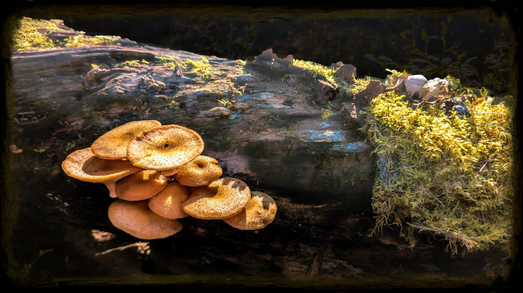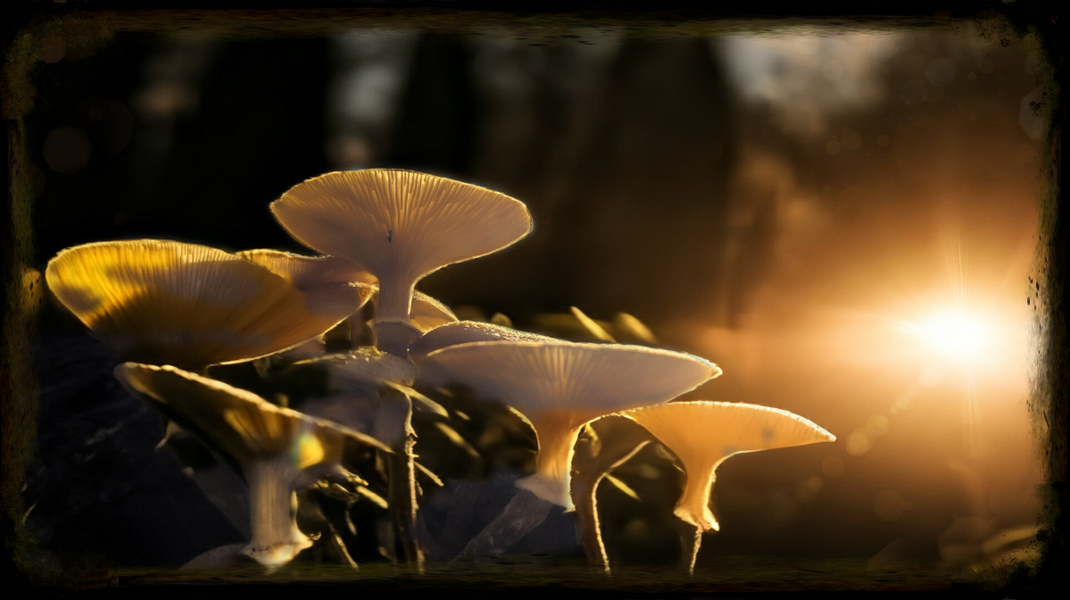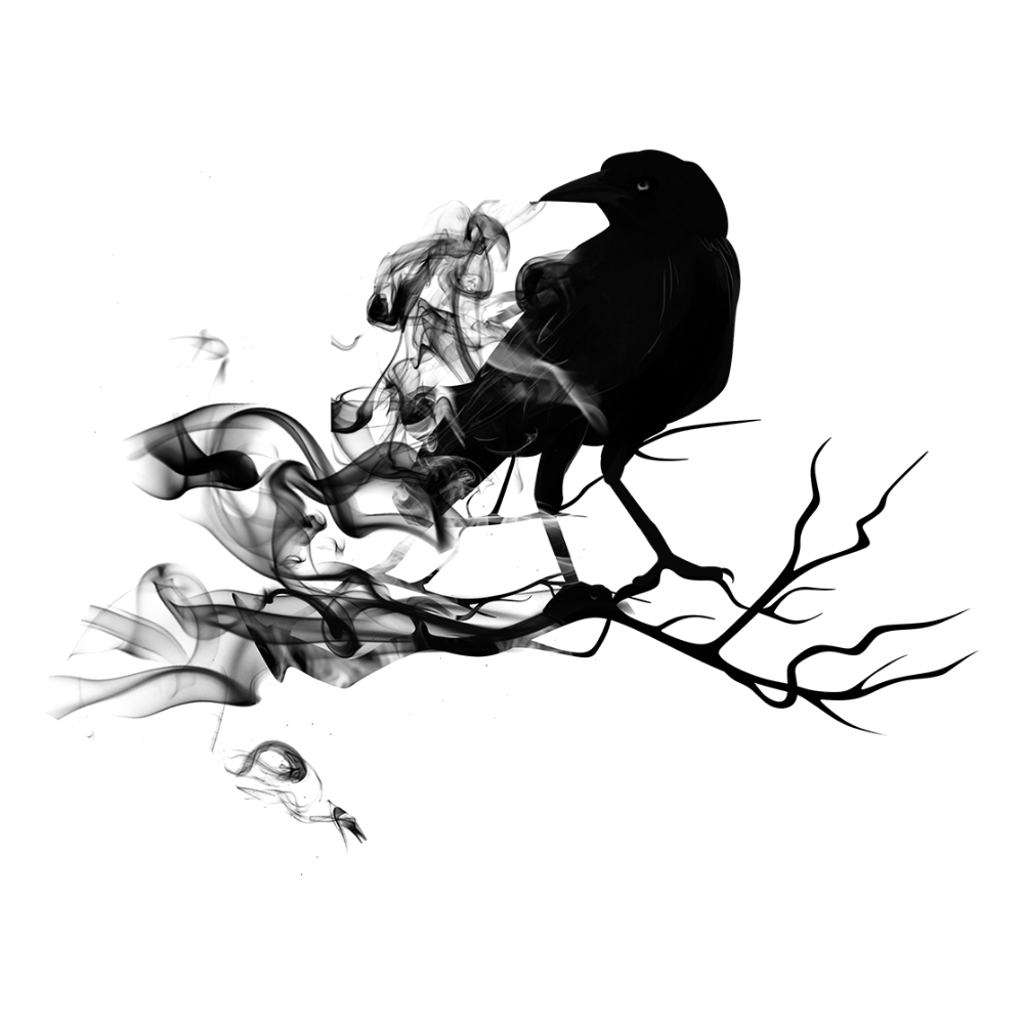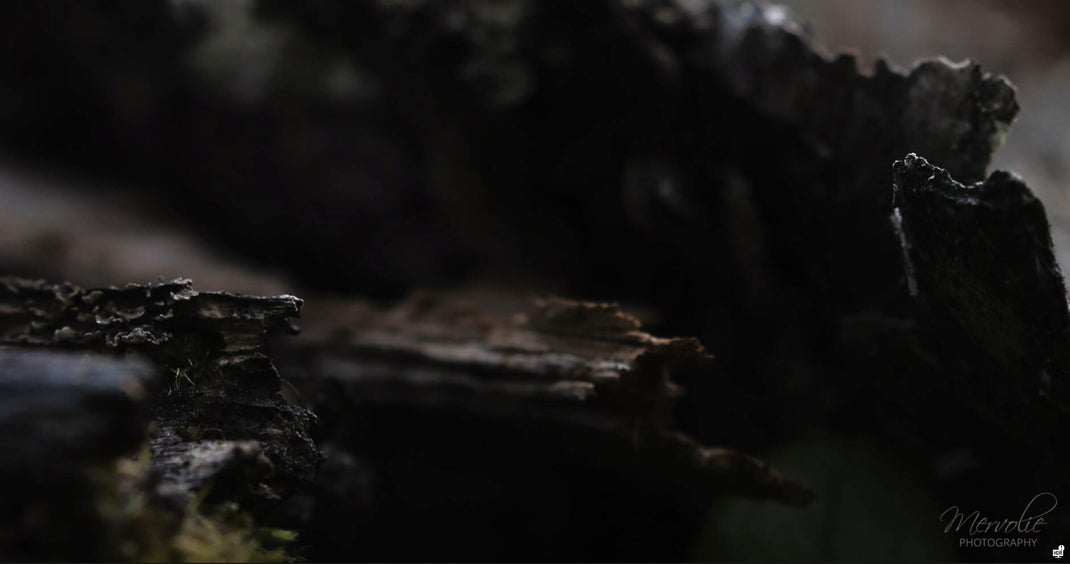
Exciting Macro Photography Coming Soon!
I’m thrilled to share some exciting news with you. Stunning macro photography is on its way, and I can’t wait for you to see it! I truly appreciate your patience as I add the final touches to these mesmerizing shots. Stay tuned – it’ll be worth the wait! Once they’re live, I’d love to hear your thoughts and feedback.




Finding Beauty in the Details: An Inspiring Thought for Macro Landscape Photography
"In the vastness of the natural world, it's the smallest details that often hold the most wonder. Macro landscape photography teaches us to pause, look closer, and uncover the extraordinary hidden within the ordinary. Every dewdrop, every grain of sand, every tiny leaf has its own story to tell—if only we take the time to see it."
This art form reminds us that beauty doesn’t always need to be grand or sprawling; sometimes, it’s found in the simplest, most intricate corners of the world. Let your lens reveal the magic in the minuscule, and your perspective will forever be transformed.

The Day I Pointed a Telescope the Wrong Way
It arrived in a box, but it felt more like a key. The cold, dense weight of the Canon 100mm macro lens was the weight of possibility. For years, my passion has been the grand canvas—the sweeping vistas, the dramatic interplay of light and land. But this lens promised a different kind of epic: the universe hidden in a water droplet, the intricate geometry of a moss spore, the story etched onto a beetle's wing. I was thrilled. A new language of light and shadow was waiting to be learned.
There was only one place to go for such an inaugural trial: Bälingeberget. It is my sanctuary, my visual whetstone. The familiar trails, the scent of damp earth and pine, the steadfast granite—it's the landscape I know by heart. It has taught me so many lessons about capturing the grand scale of nature.
And that, it turns out, was my first mistake.
With the new lens mounted on my camera, I walked the familiar paths, but my eyes were scanning the ground. I approached the task with the mind of a landscape photographer. I found a splintered piece of fallen wood and framed its jagged silhouette against the blurred forest floor. I was capturing things, treating this powerful lens like a standard prime with a closer focusing distance. I was documenting subjects, not discovering worlds.
The familiar ritual of returning home, the hum of the computer, the click of the memory card sliding into its slot, was filled with anticipation. The images populated the screen. I clicked the first one to view it full-screen.
And my heart sank.
The images were... fine. But they lacked the crystalline sharpness I was accustomed to. They felt soft, underwhelming. Nothing leaped from the screen. A flicker of disappointment, sharp and unwelcome, pricked at me. Had I misjudged this? Was the magic I'd imagined just clever marketing?
Then, out of a mix of frustration and forensic curiosity, I double-clicked on an image of a simple mossy rock. The software zoomed in, rendering the file at its true, 1:1 size.
The world fractured and reformed.
My breath caught in my throat. The screen was no longer a screen; it was a portal. What had been a soft, green patch resolved into a dense, alien forest of individual moss stalks, each one impossibly perfect. The "rock" was a landscape of microscopic craters and canyons.
I frantically opened another photo—the one of the splintered wood. The "flat" surface I had barely noticed was, in reality, a rugged terrain of microscopic canyons and weathered ridges. A fine dusting of what I had assumed was dirt now resolved into individual, glittering specks—tiny crystals catching the light like a field of fallen stars. I had been so focused on the wood's jagged profile that I had missed the universe etched upon its surface.
The lens wasn't a lens; it was a microscope. I had been pointing a telescope at the ground, expecting to see the moon, and then felt disappointed when all I saw was dirt. The fault wasn't in the glass, but in the vision behind it. I had been taking pictures from a distance, even when I was centimetres away.
A new kind of thrill, more potent than the first, ignited within me. The disappointment was gone, replaced by the exhilarating humility of a true beginner. I haven't failed; I have been given a new direction. The challenge isn't just to use this lens, but to rewire my own perception, to learn to see the epic in the infinitesimal.
I am determined to master this. Today marks the first step on an exciting journey, uncovering a world that has always been within reach, patiently waiting to be explored.
Embrace the challenge. Together, let's delve into this hidden world and unveil its wonders.
This is my first Journey into the fascinating world of Macro Photography.
Topography of Time
This is the skin of the earth. The bark of this tree is a map, its cracks and fissures the dry riverbeds and canyons of an ancient world. Light catches on the high plateaus, revealing a texture like cooled lava or the hide of a sleeping behemoth. Every line tells a story of wind, rain, and the slow, relentless growth of years. It’s a form of scripture carved by nature itself, a reminder that the grandest histories are not always written in books, but are worn on the surfaces of the oldest living things.
The Dragon's Tooth
Light serves only to prove how vast the darkness is. What we see is the prow of a sunken vessel or a dragon's tooth jutting from an obsidian landscape. The focus is razor-thin, a sliver of reality carved out from the swallowing shadows. The wood is not just wood; it is splintered history, its fibers torn apart by forces we can only guess at. The surrounding blackness isn't empty space; it is a presence, a chasm that hoards its secrets. To look at this is to peer over the edge of a cliff into the unknown.

Shattered Battlements
This is not decay; this is geology. We are looking at the shattered battlements of a microscopic fortress, a citadel of bark and fiber laid siege by time itself. The light is a whisper, catching only the sharpest edges, revealing ridges like mountain ranges seen from orbit. Each splinter is a cliff face, each dark recess a cavern holding absolute night. It’s a landscape of violent stillness, a testament to the fact that even in the smallest of things, there are epics of destruction and resilience.
The Forgotten Valley
Here, the world shrinks to the scale of myth. A fallen branch, bleached and weathered by the seasons, becomes a monolith—the collapsed pillar of a forgotten temple. It rests in a valley of moss, an ancient forest where each stalk is a tree reaching for a soft, diffused light. The lingonberry leaves that frame the scene are not mere plants; they are the canopies of giant sentinels, guarding the entrance to this hidden, silent place. The air here is still, thick with the scent of decay and creation, a world entirely unaware of the giants who walk above it.









